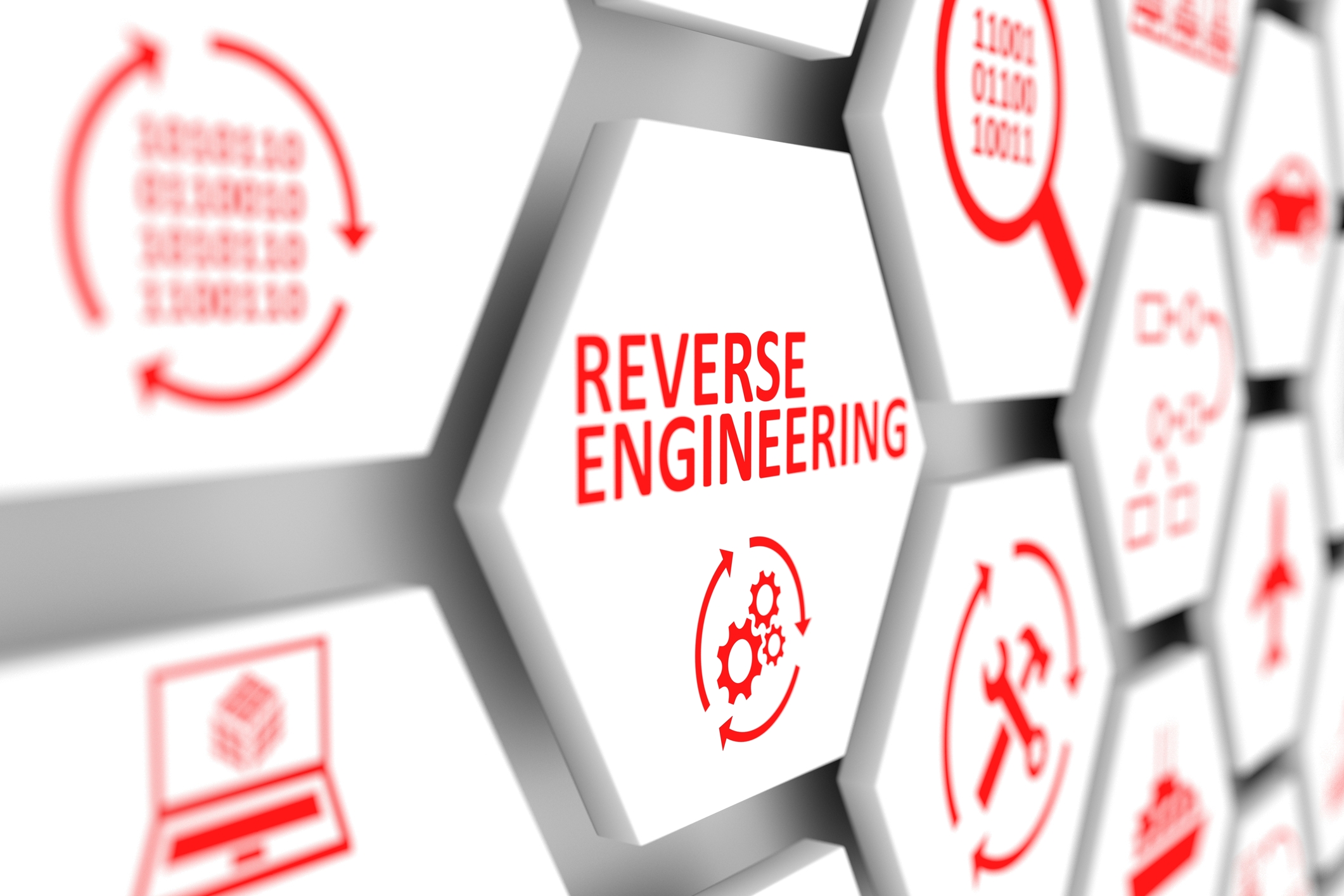Reverse Engineering: An Environmental Perspective

Reverse engineering is a methodological process of examining a product’s architecture to gain insights into its inner workings and potentially improve it. However, conventional reverse engineering primarily focuses on enhancing the product’s functionality or economic viability, overlooking the environmental implications it may have. Considering the global emphasis on sustainability and environmental stewardship, it is imperative to incorporate environmental perspectives into the reverse engineering process.

Integrating an environmental perspective into reverse engineering involves considering the product’s entire life cycle, from raw material extraction to disposal. Engineers can assess the environmental impact of the product’s materials, manufacturing processes, use, and end-of-life disposition. By identifying potential areas of concern, they can develop strategies to mitigate or eliminate the negative impact on the natural environment.

For instance, reverse engineering can reveal the presence of hazardous materials or substances of concern within the product. By identifying these components, engineers can initiate efforts to find more environmentally friendly substitutes. Additionally, the process can highlight manufacturing inefficiencies leading to excessive resource consumption. Optimizing these processes can reduce the environmental footprint associated with production, minimizing waste and emissions.
Furthermore, incorporating environmental considerations into reverse engineering fosters eco-design principles, promoting the creation of sustainable products. Engineers can make informed decisions about the materials used, reduce the overall product weight, and design for disassembly and recyclability. These efforts aid in extending product lifespans, minimizing waste generation, and promoting responsible resource management.Reverse Engineering: An Environmental Perspective
Executive Summary
Reverse engineering, the process of deconstructing a finished product to analyze its components and manufacturing techniques, holds immense potential for addressing environmental challenges. By studying existing products and technologies, we can gain insights into their environmental impacts and identify opportunities for improvement. This approach empowers us to create more sustainable products and processes, reducing our environmental footprint.
Introduction
As global environmental concerns escalate, it becomes imperative to explore innovative strategies to mitigate our impact on the planet. Reverse engineering has emerged as a valuable tool in this endeavor, offering a systematic and comprehensive approach to understanding the environmental performance of products and processes.
FAQs
Q: What are the benefits of reverse engineering for the environment?
A: Reverse engineering helps identify inefficiencies, reduce waste, and promote the use of sustainable materials and processes.
Q: How does reverse engineering contribute to sustainability?
A: It allows us to analyze products and processes throughout their life cycle, identifying areas where environmental impacts can be minimized.
Q: Is reverse engineering a widely adopted practice in environmental engineering?
A: While gaining traction, reverse engineering is yet to be fully integrated into mainstream environmental engineering practices.
Top 5 Subtopics
1. Materials Analysis
- Definition: Investigating the materials used in a product to assess their environmental impact.
- Important Pieces:
- Life cycle assessment of materials
- Identification of hazardous or toxic substances
- Evaluation of material recyclability and biodegradability
2. Process Optimization
- Definition: Analyzing manufacturing processes to identify and reduce inefficiencies and emissions.
- Important Pieces:
- Energy consumption assessment
- Waste reduction strategies
- Optimization of production parameters
3. Component Reuse
- Definition: Exploring the potential for reusing components from existing products to minimize waste.
- Important Pieces:
- Design for disassembly
- Establishment of reverse logistics systems
- Collaboration with recycling industries
4. Sustainability Assessment
- Definition: Evaluating the overall environmental performance of a product or process using standardized methods.
- Important Pieces:
- Life cycle assessment
- Green product certification
- Environmental impact reporting
5. Future Trends
- Definition: Exploring emerging technologies and advancements in reverse engineering that contribute to environmental sustainability.
- Important Pieces:
- Artificial intelligence and machine learning
- Virtual and augmented reality for product visualization
- Data analytics for environmental performance monitoring
Conclusion
Reverse engineering has proven to be a valuable tool in addressing environmental challenges. By analyzing products and processes from an environmental perspective, we can develop more sustainable solutions that minimize our impact on the planet. As the field continues to evolve, we can expect further advancements in reverse engineering, enabling us to create a greener and more sustainable future.
Keyword Tags
- Reverse Engineering
- Environmental Sustainability
- Life Cycle Assessment
- Process Optimization
- Sustainable Product Design
